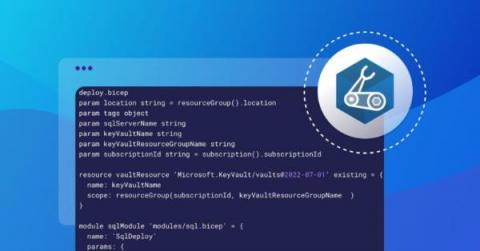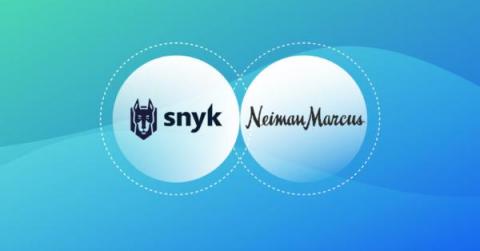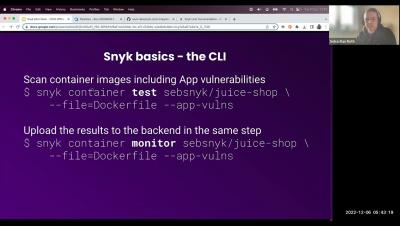Top takeaways from re:Invent 2022
Live conferences are finally back, and the 11th annual AWS re:Invent did not disappoint. After a virtual 2020 and an in-person reduced-sized edition in 2021, there were more than 52,000 (yes — 52,000!) smiling faces milling about this year’s conference in Las Vegas. As per usual, re:Invent was full of exciting product news and updates. Here are the major announcements that got our attention and some of the things Snyk was up to in Vegas.











